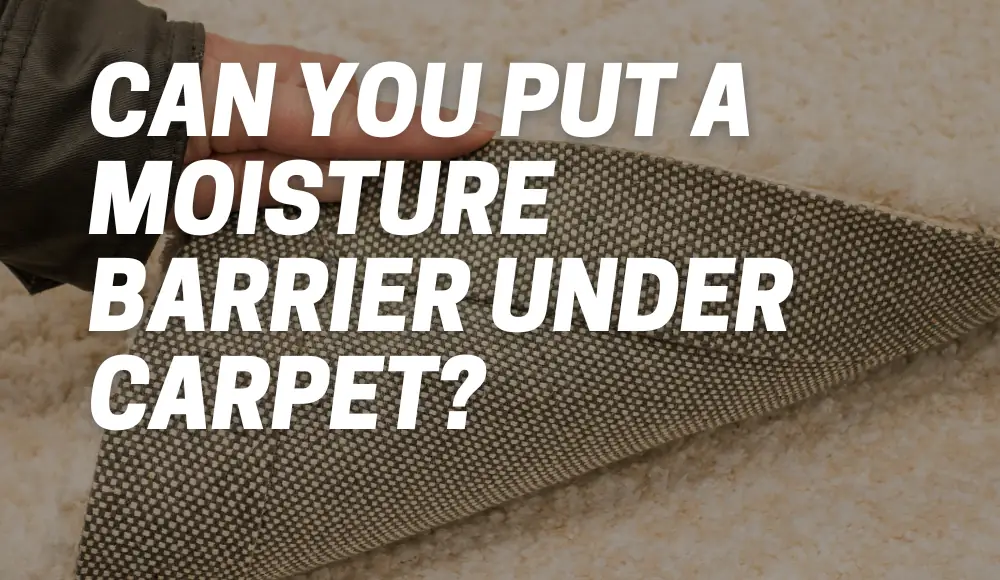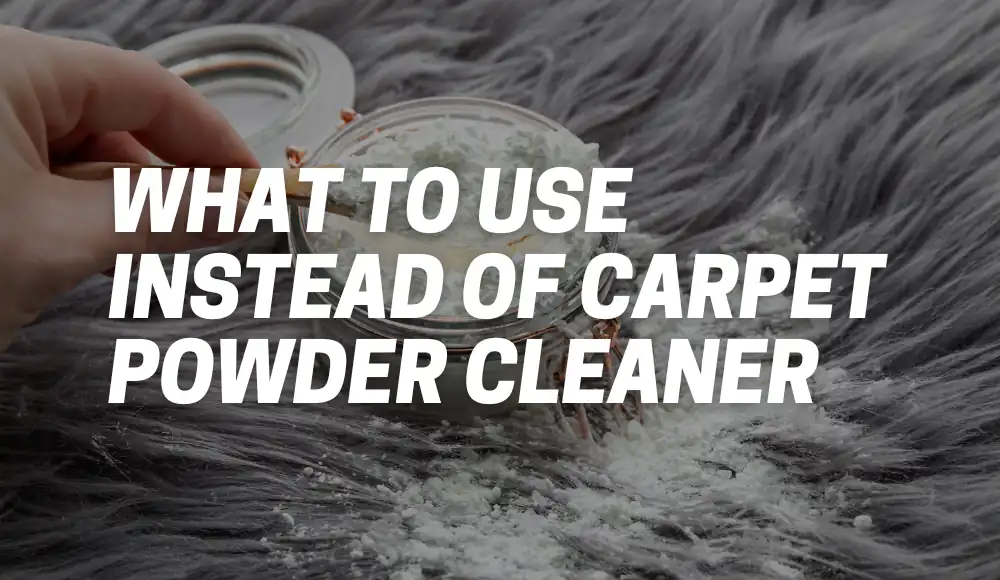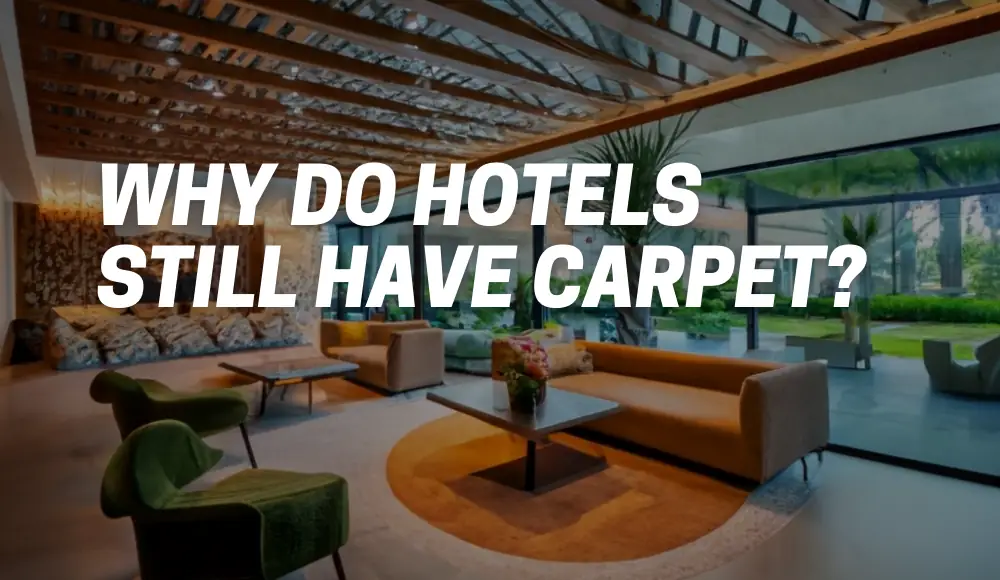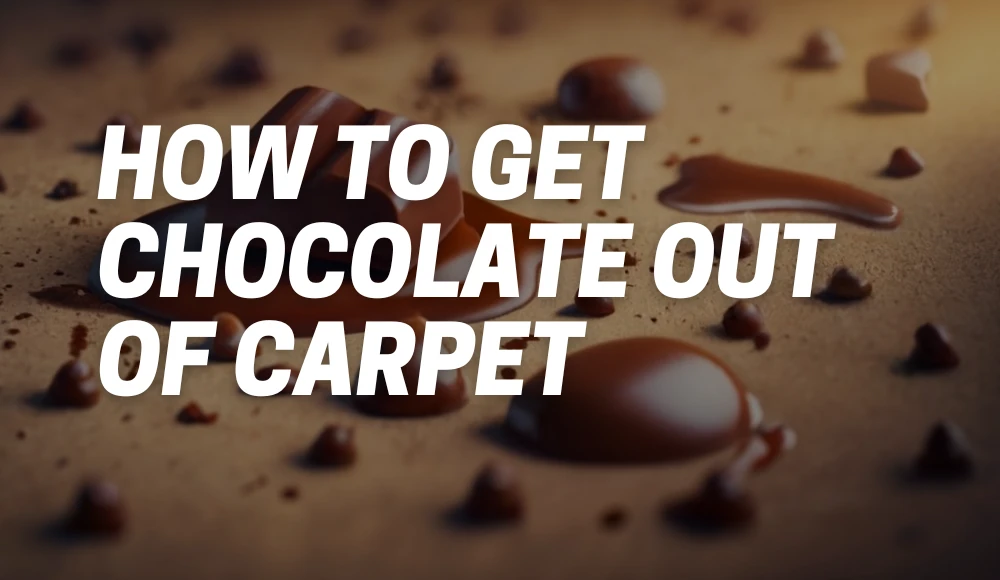Last updated on October 29th, 2023 at 03:12 am
Imagine stepping out of bed onto a plush, cozy carpet that greets your feet with warmth and comfort. It’s a feeling many of us cherish, especially on chilly mornings. But what if there’s more lurking beneath that soft surface?
Moisture barrier carpet padding might just be the unsung hero in keeping your carpets and your living spaces safe from the clutches of moisture-related issues.
What is a Vapor Barrier for Carpet?
Now, let’s dive a bit deeper into this moisture conundrum.
A vapor barrier for carpet is a thin layer of material, often made of plastic or foil, that’s strategically placed between the carpet padding and the concrete floor. Its job? To stop moisture vapor from permeating through the concrete and reaching your carpet.
Picture it as a one-way street for moisture – it can’t go from the concrete to the carpet, but fresh air and dryness can flow the other way. It’s like giving your carpet a protective force field against the invisible threat of moisture.
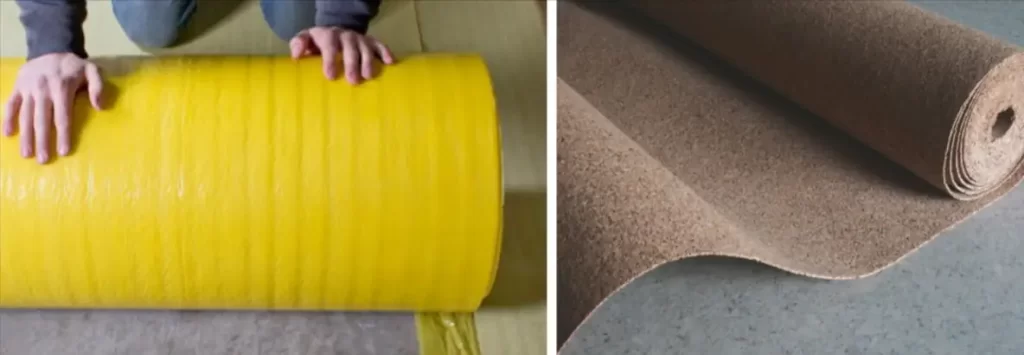
What is the Barrier Between Concrete and Carpet?
When it comes to installing carpet over concrete, there’s an important consideration: the barrier between them.
You see, concrete floors have a tendency to retain moisture, which could seep into your beloved carpet over time, causing mold, mildew, and potential damage. This is where moisture barrier carpet padding comes into play.
Moisture barrier carpet padding acts as a protective shield between your carpet and the concrete floor, preventing any moisture from making its way up. Think of it as a stalwart guardian, defending your carpet against the perils of dampness.
What is the Difference Between a Moisture Barrier and a Vapor Barrier?
You might be wondering if there’s any difference between a moisture barrier and a vapor barrier.
While the terms are sometimes used interchangeably, there is a subtle distinction. A moisture barrier is typically a broader term that includes any material that prevents moisture from passing through. On the other hand, a vapor barrier is specifically designed to block the movement of moisture vapor, which is water in its gas form.
Moisture barriers are designed to block water infiltration into the wall cavity, while vapor barriers prevent interior water vapor from condensing on the insulation’s warm side. Typically, moisture barriers are positioned on the warm wall side, with vapor barriers placed on the exterior in warm climates and on the interior in colder climates to thwart water and vapor entry into the wall.
In the context of carpet and concrete, both serve the purpose of keeping your carpet dry, but the focus of a vapor barrier is mainly on preventing the transmission of moisture in vapor form.
Is a Vapor Barrier a Good Idea?
Absolutely! If you’re considering installing carpet over concrete, especially in areas where moisture is a potential issue, a vapor barrier is a wise investment. Moisture can wreak havoc on carpets, causing unpleasant odors, mold growth, and even structural damage.
A vapor barrier not only safeguards your carpet’s longevity but also contributes to a healthier indoor environment by preventing the growth of mold and mildew. It’s like giving your carpet a suit of armor to battle the forces of dampness.
—
Can You Install Carpet Over a Vapor Barrier?
The short answer is yes, you can absolutely install carpet over a vapor barrier. In fact, it’s a recommended practice, especially in spaces where moisture infiltration is a concern.
When you lay down the vapor barrier before the carpet padding, you’re setting up a protective barrier that ensures your carpet remains dry and cozy.
Keep in mind that proper installation is key. Make sure the vapor barrier is laid out evenly and securely, without any wrinkles or gaps that could compromise its effectiveness. A well-installed vapor barrier can be your carpet’s best friend in the fight against moisture-related woes.
Do I Need a Moisture Barrier Under Carpet in Basement?
Ah, the basement – a realm of endless possibilities, but also a hotspot for moisture issues.
If you’re considering carpeting your basement floor, a moisture barrier is not just a good idea; it’s often a necessity. Basements tend to have higher humidity levels and are more prone to moisture seepage from the ground.
A moisture barrier under the carpet in the basement acts as a formidable shield, ensuring that any potential moisture doesn’t dampen your flooring dreams.
Whether you’re creating a cozy living space, a home theater, or a play area, a moisture barrier can help you build on a solid, dry foundation.
Is Moisture Barrier Carpet Padding Worth It? Reddit and Forum Advice
Curious to know what people are saying about moisture barrier carpet padding? Reddit threads and online forums are treasure troves of real-world experiences and advice. Many users share positive feedback about their choice to go with moisture barrier padding, highlighting how it saved their carpets from moisture-related nightmares.
| Main Points |
|---|
| Installing polyethylene as a moisture barrier is generally fine as long as it doesn’t create squeaking noises when walked on. Excavating the perimeter of the house to install vertical rigid foam at the slab perimeter can help reduce slab-related heat loss. Metal Z-flashing should be used between rigid foam and siding. |
| Carpet on an uninsulated slab in a cold climate can lead to mold issues due to insulation properties of the carpet and low subsoil temperatures. A solution is to install 3/4-1″ EPS over the slab to keep the underside of the carpet warm. A heavier vapor barrier is recommended to prevent abrasion under carpet underlayment. |
| Indoor dew point, controlled by AC or dehumidification, affects condensation more than outdoor dew point. |
| Designing a house to work well without mechanical dehumidification or air conditioning involves keeping carpet underlayment above the outdoor dew point. Slab temperature above deep subsoil temps is complex to model, but a thin layer of foam can mitigate the issue. |
| Solid masonry walls atop slab can keep slab edge cold all winter. |
| Moisture can lead to mold under carpeting; using DeltaFL or Dricore panels to create an air space between concrete and carpeting is recommended. |
| Mention of a hardwood flooring system with plastic underlayment and foam-backed planks. |
| Mention of DriCore R+ product, an alternative with foam and OSB click lock tile, which still requires a vapor barrier to prevent moisture entry. |
| Plastic underlayment attached to carpet pad is mentioned. |
| The post aims to bump the thread for more attention. |
| Polyethylene as a good idea to prevent slab moisture. |
| Using plastic can trap moisture and lead to mold issues; exterior barrier is better. |
| Mapei products mentioned as possible alternatives to polyethylene. |
| Carpeting in basements can lead to humidity-related issues, like dust mite growth, due to the coolness of the slab and humid air. |
| Homasote makes a product for carpet on concrete floors, but vapor characteristics aren’t clear. |
So, the consensus from Reddit and forums? Moisture barrier carpet padding is indeed worth considering, especially if you want to keep your carpets pristine and moisture-free.
Carpet Pad Moisture Barrier: Up or Down?
Here’s a common question that often arises: should the moisture barrier of the carpet pad face up or down? It’s a simple yet vital detail to get right during installation.
The moisture barrier of the carpet pad should face down, making direct contact with the concrete floor. This positioning ensures that any moisture that does make its way through the carpet won’t be trapped between the pad and the carpet, potentially causing issues. Instead, it will encounter the moisture barrier and be redirected away from the carpet fibers.
When Should You Not Use a Vapor Barrier?
While a vapor barrier is a fantastic addition to many carpet installations, there are instances where you might want to think twice. If your concrete floor is in an area with controlled humidity levels and minimal moisture concerns, you might not necessarily need a vapor barrier.
Additionally, if your carpeting is in a well-ventilated area where moisture buildup is unlikely, you could consider skipping the vapor barrier. It’s all about assessing the specific conditions of your space and making an informed decision.
Conclusion
So, can you put a moisture barrier under carpet? Absolutely, and it’s a smart move, especially in areas where moisture can threaten the well-being of your carpets and living spaces.
A vapor barrier offers that extra layer of protection, preventing moisture from infiltrating your carpet and causing a host of problems.
Whether you’re carpeting your basement, creating a cozy nook, or transforming your space into a haven, moisture barrier carpet padding ensures that your carpets stay dry, comfortable, and inviting.
Remember, proper installation and careful consideration of your space’s conditions are key to making the most of this valuable addition. So go ahead, embrace the moisture barrier, and step onto a carpet that’s not only soft but also safeguarded against damp surprises.
